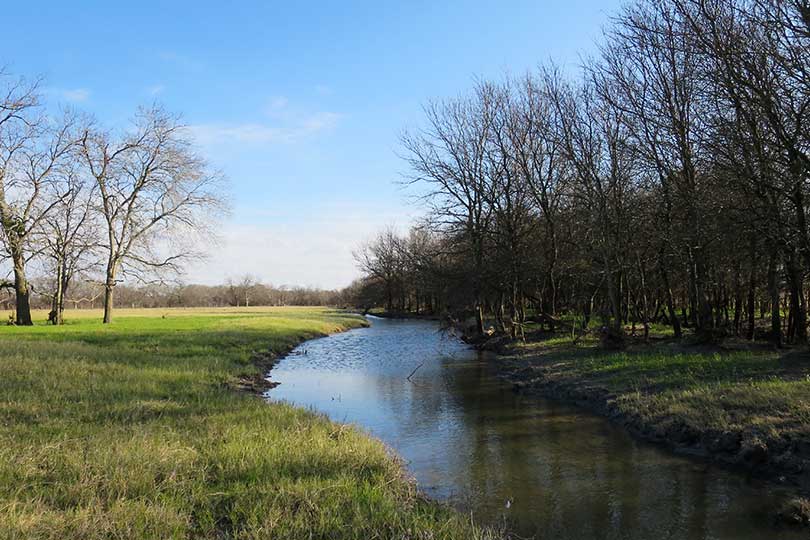By Jessica Domel
Multimedia Reporter
Promising to reduce regulatory uncertainty to American farmers, landowners and the public, the Environmental Protection Agency (EPA) and U.S. Army Corps of Engineers released the details of the new Navigable Waters Protection Rule (NWPR) Thursday, Jan. 23.
The rule is a new definition for Waters of the U.S. under the Clean Water Act (CWA) and clarifies the limits of federal control under the CWA.
“Our rule protects the environment and our waterways while respecting the states and private property owners,” EPA Administrator Andrew Wheeler said.
NWPR strikes a balance between the states’ authority and clearly details which waters are subject to federal jurisdiction.
EPA and the Corps established four categories of waters that are federally regulated under CWA through the rule.
The categories are:
- Territorial seas and traditional navigable waters like the Atlantic Ocean and the Mississippi River;
- Perennial and intermittent tributaries such as College Creek, which flows to the James River near Williamsburg, Virginia;
- Certain lakes, ponds, and impoundments, such as Children’s Lake and Bowling Springs, Pennsylvania.
- Wetlands that are adjacent to jurisdictional waters.
NWPR also details what waters do not fall under federal jurisdiction.
Those include:
- Features that only contain water in direct response to rainfall
- Groundwater
- Many ditches
- Farm and stock watering ponds
- Waste treatment systems
- Prior converted cropland
Wheeler noted that despite some earlier media reports, there are no data or tools that can accurately map or quantify the scope of the waters of the U.S. for EPA’s purposes or for comparing changes in the jurisdiction based on the new definitions.
He said the administration is committed to supporting the innovations needed to map the nation’s water.
“Thanks to our new rule, our nation’s farmers, ranchers, developers, manufacturers, and other land owners can finally refocus on providing the food, shelter, and other commodities that Americans rely on every day, instead of spending tens of thousands of dollars on attorneys and consultants to determine whether waters on their own land fall under the control of the federal government,” Wheeler said.
Texas Farm Bureau (TFB) and other farm and ranch organizations across the U.S. applauded the announcement Thursday.
“Texas farmers and ranchers are committed to clean water. The new Navigable Waters Protection Rule announced today accomplishes the goals of clean water, clear regulations and respect for property rights,” Boening said. “It repeals and replaces the 2015 Waters of the United States rule with a new Navigable Waters Protection Rule that is better for the economy and protects the environment.”
Boening said NWPR provides the much-needed regulatory certainty the nation’s farmers and ranchers need to continue growing the food, fiber and fuel for the country.
“Farm and ranch families live on the land, drink water from wells located there and depend on clean water for growing crops and raising livestock,” Boening said. “Clean water is also important for wildlife, which has become a critical part of many modern farming and ranching enterprises. Managing water use is a process developed by decades of best management practices.”
The final rule will become effective 60 days after it is published in the Federal Register.


Thank you for the update. Citizens’ concern and their voice has helped to make this change. Grassroots must continue to speak up when our livelihood, freedom, and safety is threatened. I e must stand up for our neighbor as well.